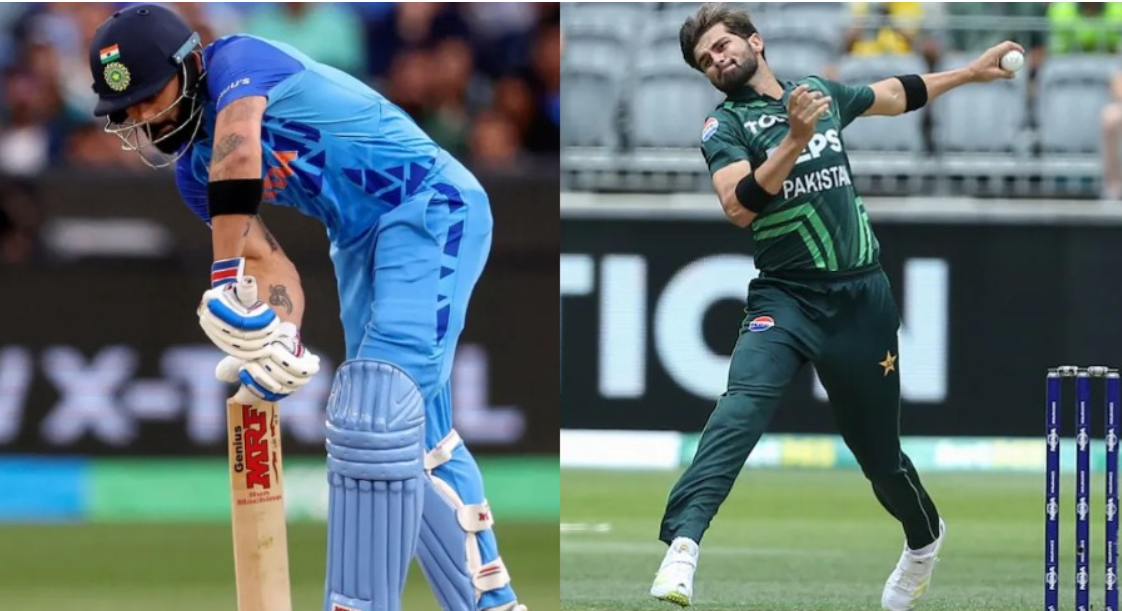ICC Announces Major Changes to Playing Conditions
In a landmark move set to reshape the way international cricket is played, the International Cricket Council (ICC) has announced a series of significant changes to its playing conditions. These updates, aimed at modernizing the game, enhancing fairness, and improving viewer engagement, will come into effect from [insert date if known or say “the upcoming international season”].
The ICC’s Cricket Committee, headed by former Indian captain Sourav Ganguly, recommended these revisions after extensive consultations with players, match officials, broadcasters, and stakeholders across the cricketing spectrum. Here’s a breakdown of the most impactful changes:
1. Stop the Clock Rule Introduced
One of the most notable innovations is the introduction of a “stop the clock” mechanism in ODIs and T20Is. Under this new rule, the game clock will pause between overs if the bowling team is not ready to begin the next over within a stipulated time—typically 60 seconds. After two warnings, a five-run penalty will be imposed for every subsequent breach. This move is aimed at curbing unnecessary delays and ensuring the game progresses at a viewer-friendly pace.
2. Modified Use of the Soft Signal
In a significant shift, the ICC has decided to remove the on-field umpire’s “soft signal” for catches referred to the third umpire. Previously, the on-field umpires would give a soft indication when unsure about a catch, which often influenced the TV umpire’s decision. From now on, the third umpire will make the decision independently, based solely on the video footage. This is expected to improve the accuracy of decisions and eliminate ambiguity.
3. Stricter Over Rate Penalties
To address the issue of slow over rates, the ICC has introduced stricter penalties across all formats. In T20Is, the in-game penalty of allowing only four fielders outside the 30-yard circle after the cut-off time will continue. ODIs will now adopt a similar approach, with fielding restrictions tightening as a direct consequence of over rate breaches. Match referees will also be quicker to impose fines, and captains could face suspensions for repeated violations.
4. Pitch and Ground Conditions Standardization
The ICC has issued new guidelines to standardize pitch preparation and boundary sizes. The goal is to reduce extreme disparities between venues and promote more balanced contests between bat and ball. This includes tighter scrutiny of excessively spin-friendly or batting-heavy tracks and encouraging pitches that offer some assistance to both bowlers and batters.
5. Use of Technology and Player Reviews
Teams will now have access to an additional DRS review in Test matches if a decision is overturned in their favor. This change recognizes the growing reliance on technology and seeks to ensure that one poor on-field decision does not unfairly penalize a team’s review quota.
Final Thoughts
These new playing conditions mark a proactive step by the ICC to keep cricket contemporary, transparent, and engaging. While some of these changes may take time for players and fans to adjust to, they reflect a clear intent to refine the sport’s standards and uphold its integrity. As the cricketing world gears up for a packed international calendar, all eyes will be on how these new rules impact the dynamics of the game on the field

